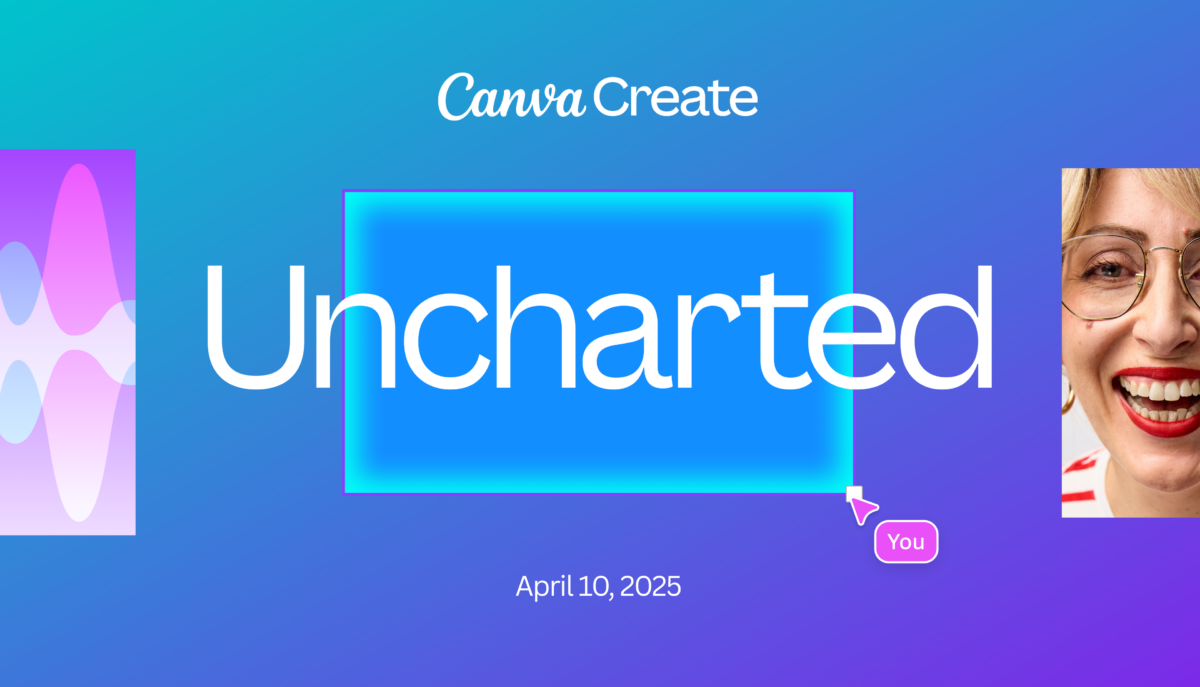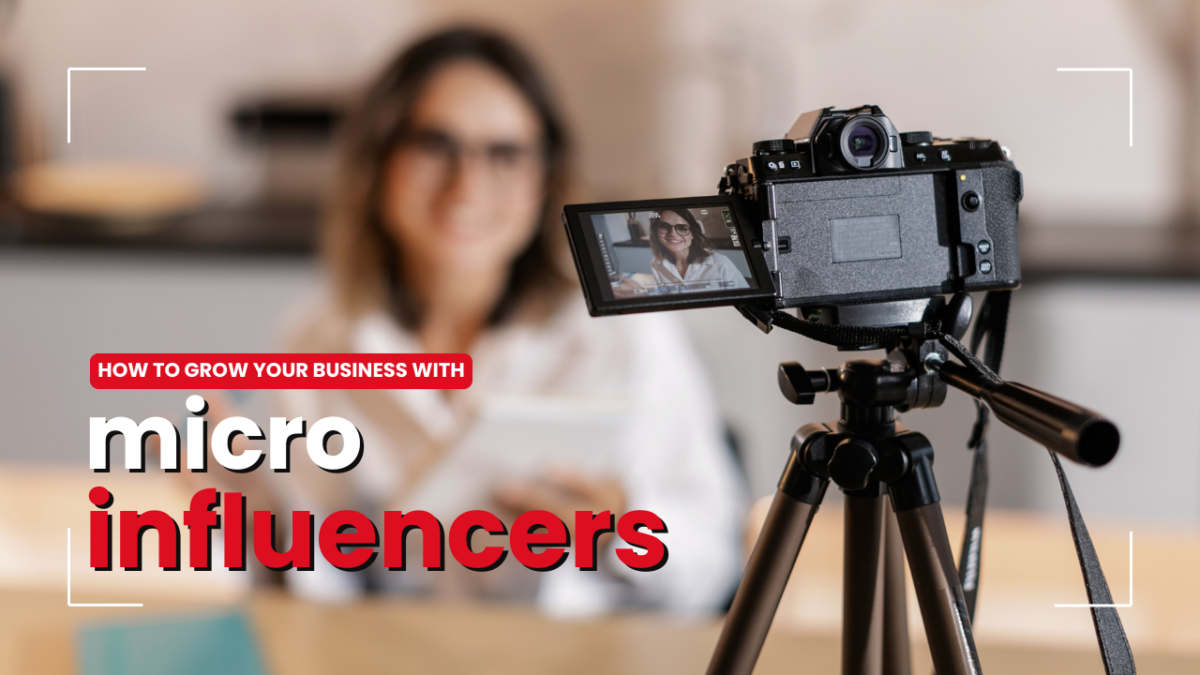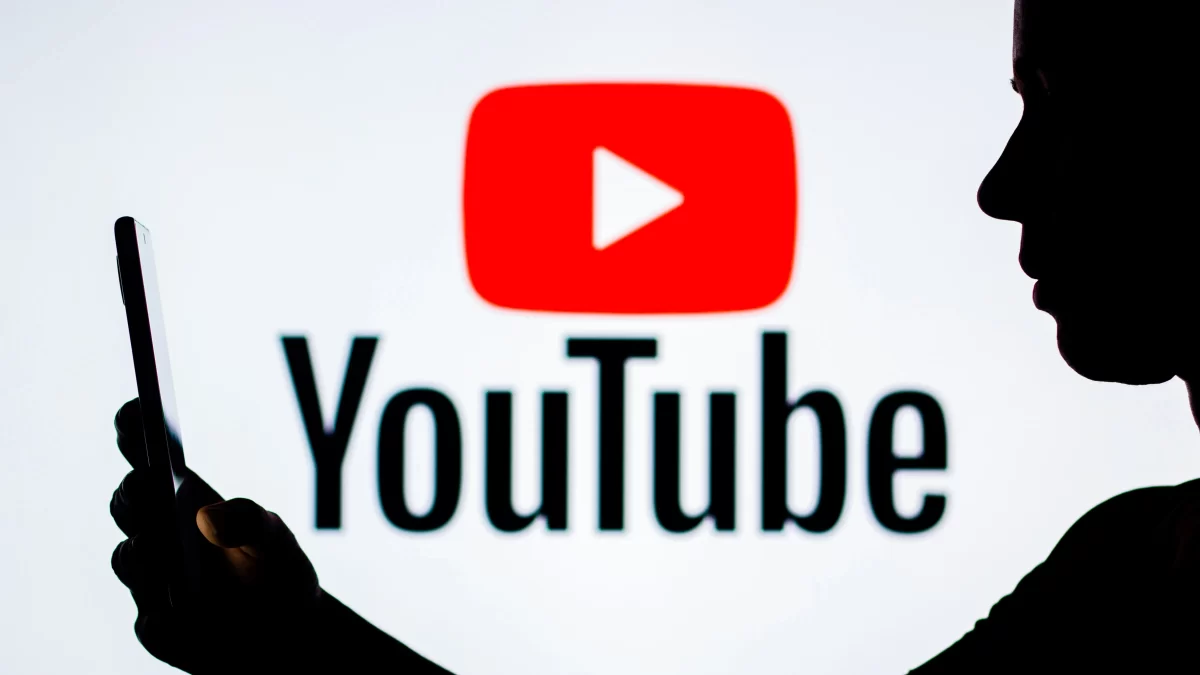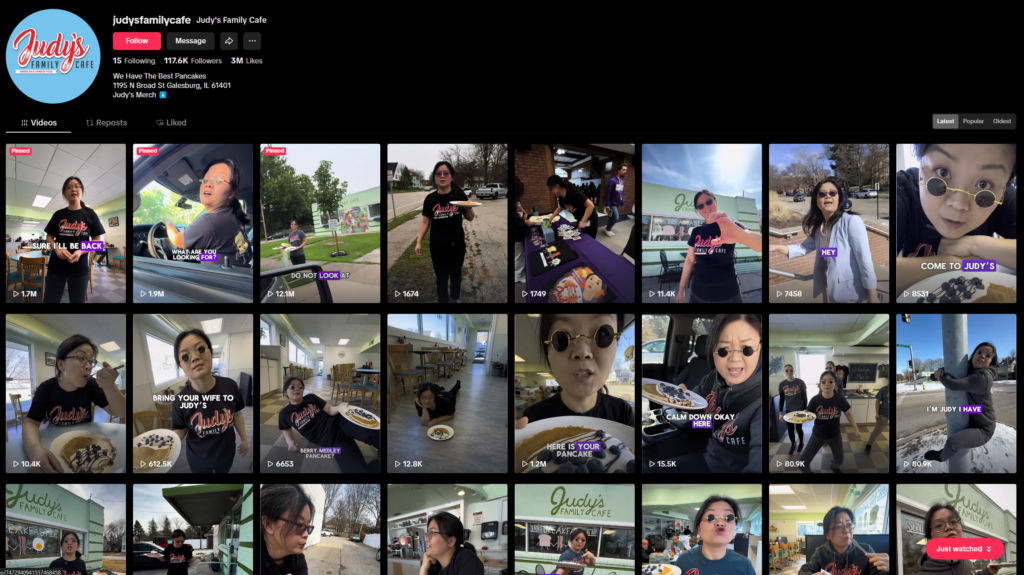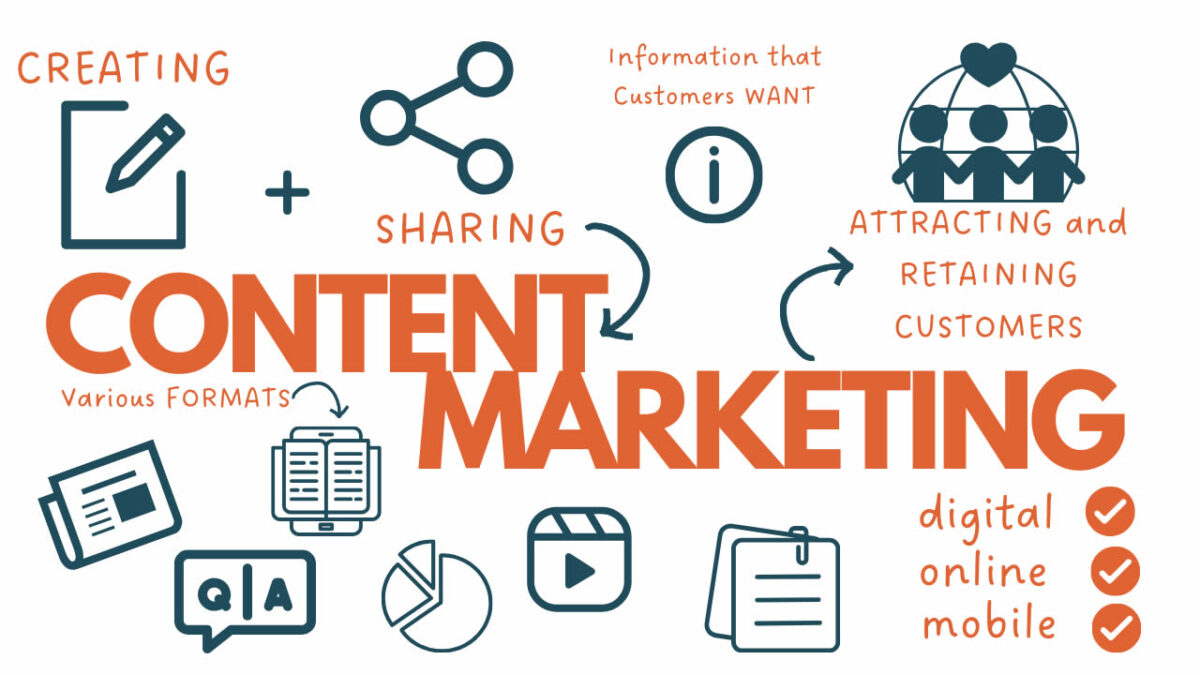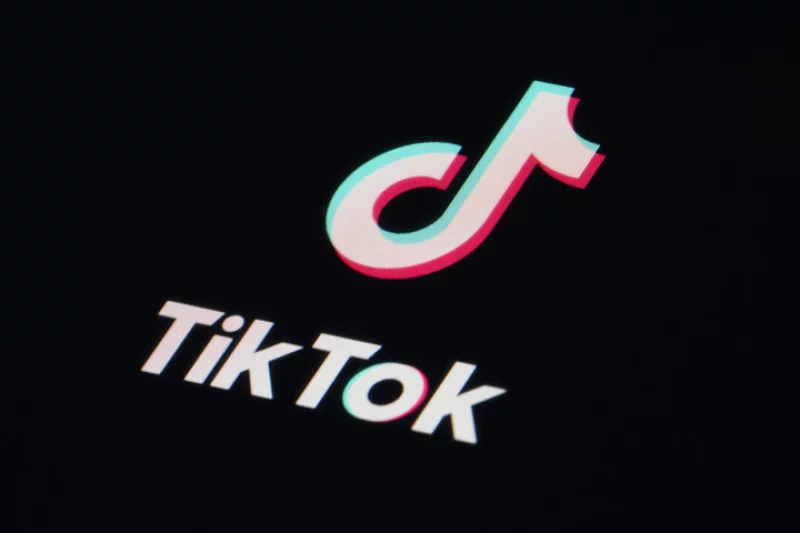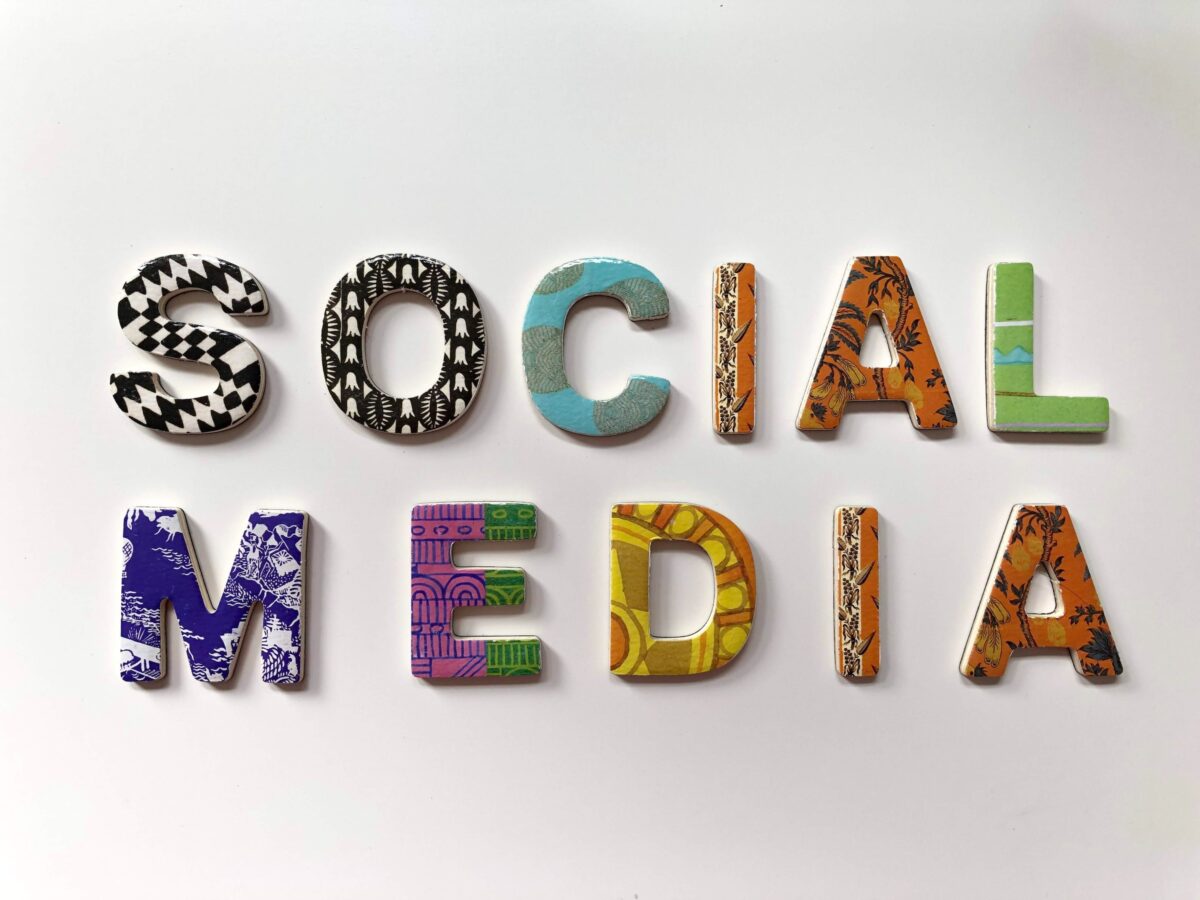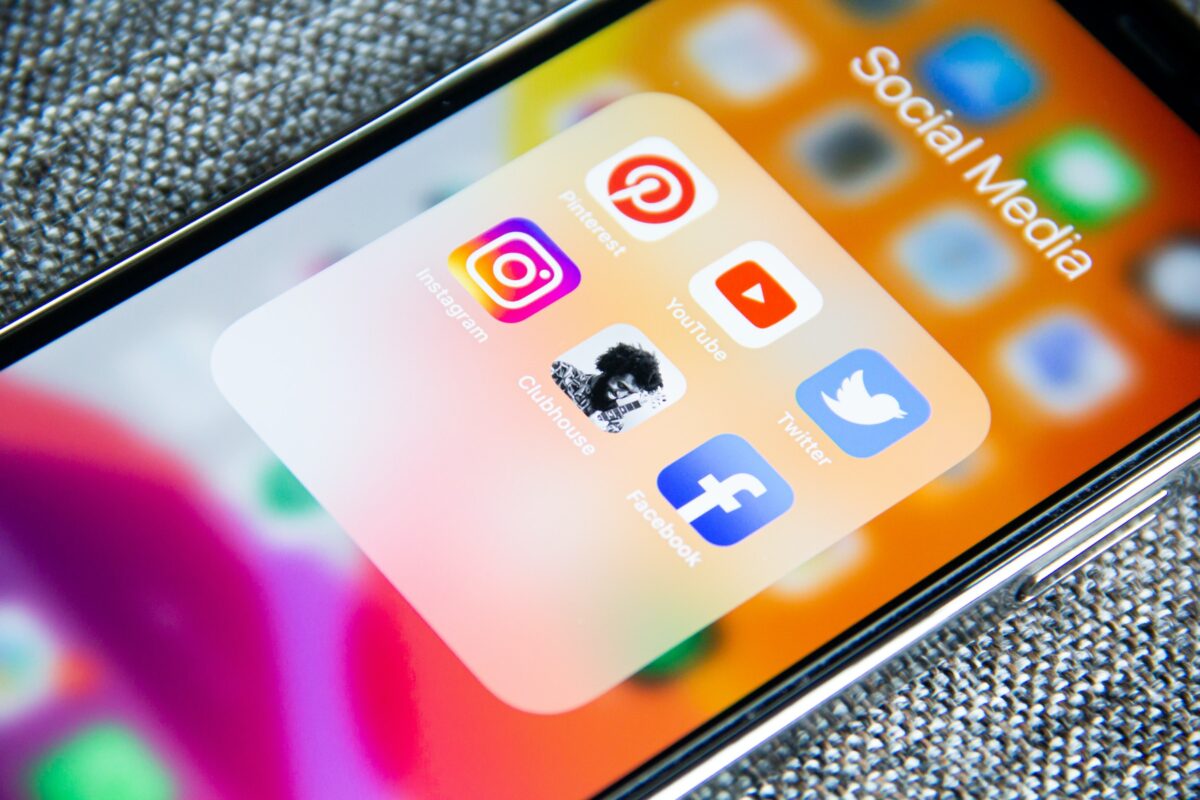Canva just wrapped their Create 2025 keynote, and wow — this wasn’t just a product update, it was a full-on reimagination of what digital creation can be. For designers, marketers, teams, and basically anyone with a message to share, Canva is making a bold statement: we’re not just a design tool — we’re your new creative operating system.
Let’s break down the biggest announcements — and what they really mean.
🎨 Visual Suite 2.0 — Your All-in-One Creative Hub
The biggest upgrade in the keynote? Visual Suite 2.0. This is Canva’s vision of a streamlined, unified workspace where users can create across formats without jumping from app to app.
Need to create a presentation, a TikTok ad, a print flyer, and a data dashboard — all for the same campaign? You can now do that in one place, with shared assets, synced styles, and real-time collaboration baked in.
No more tool-hopping. Just creativity flowing.
For you individual creators this will be an improvement, but for all you teams…this will be a life changer! Be sure to give this a thorough study the next time you log into Canva.
📊 Canva Sheets — Spreadsheets, Finally Designed for Humans
Say hello to Canva Sheets, a bold reimagining of the spreadsheet experience. Think Excel, but built with modern data visualization in mind.
Yes, it still does formulas and rows and columns — but with built-in AI to generate formulas, create smart charts, and turn raw data into beautiful, interactive visuals.
As someone who’s spent way too long in clunky spreadsheets, this update genuinely excites me. It brings data design into the modern era — something most platforms are still struggling to do.
📈 Magic Charts — Data Storytelling, Reinvented
Canva’s doubling down on making data understandable and impactful. With Magic Charts, users can automatically generate dynamic, animated charts and graphs from their data. They even announced integration with Flourish, a well-known platform for interactive visualizations.
This is a huge win for marketers and presenters. No more static bar graphs — Magic Charts lets you tell a story with your numbers.
🤖 Canva AI — Your Creative Copilot
Canva’s AI tools got even smarter in 2025. Here’s just a taste of what’s now possible:
- AI text generation for headlines, copy, and social captions
- AI image generation that matches your brand style
- Style matching, automatic resizing, and instant translations
- Magic Switch — turn a blog post into a presentation, a social post, a video script, and more… automatically
They’re clearly positioning Canva AI as the ultimate time-saver for content creators. Whether you’re a solopreneur or a marketing team of ten, these tools help you scale your content without burning out.
💻 Canva Code — Build Apps Without Coding
This one flew under the radar, but it’s a game changer: Canva Code. It’s a built-in code generator that lets you create interactive widgets and web apps, without needing to touch a line of code.
Imagine embedding a custom calculator on your website, or creating an interactive product finder, all within Canva. That’s the future they’re building — and it’s a big step toward making the web more accessible and engaging.
Canva is Taking Over (And Creators Are Here for It)
Let’s talk big picture: Canva users just hit 1 billion designs in a single month.
That’s not just growth. That’s domination.
From social media content to business decks to internal reports, Canva is quietly (or not so quietly) replacing entire tool stacks. And with Create 2025, they’re setting themselves up as the go-to platform for visual communication across industries.
One Thing Missing: Where’s Affinity?
I’ve got to say, though — I was a little surprised (and, okay, disappointed) that there was no mention of Affinity.
After Canva’s acquisition of Affinity and its powerful suite of tools (Designer, Photo, Publisher), I expected at least a teaser. Designers are hungry to know how Canva plans to integrate those pro tools — and this was the perfect opportunity to showcase that.
Hopefully, we’ll get more on that later this year.
Let’s Wrap It Up..
Canva Create 2025 didn’t just roll out new features — it laid out a bold roadmap for where creative work is headed. With AI at the center, smarter tools for teams, and a focus on making design truly accessible, Canva is becoming less of a tool… and more of a platform.
If you’re a digital marketer, creator, or entrepreneur — it’s time to lean in. The future of design just got a whole lot closer.

